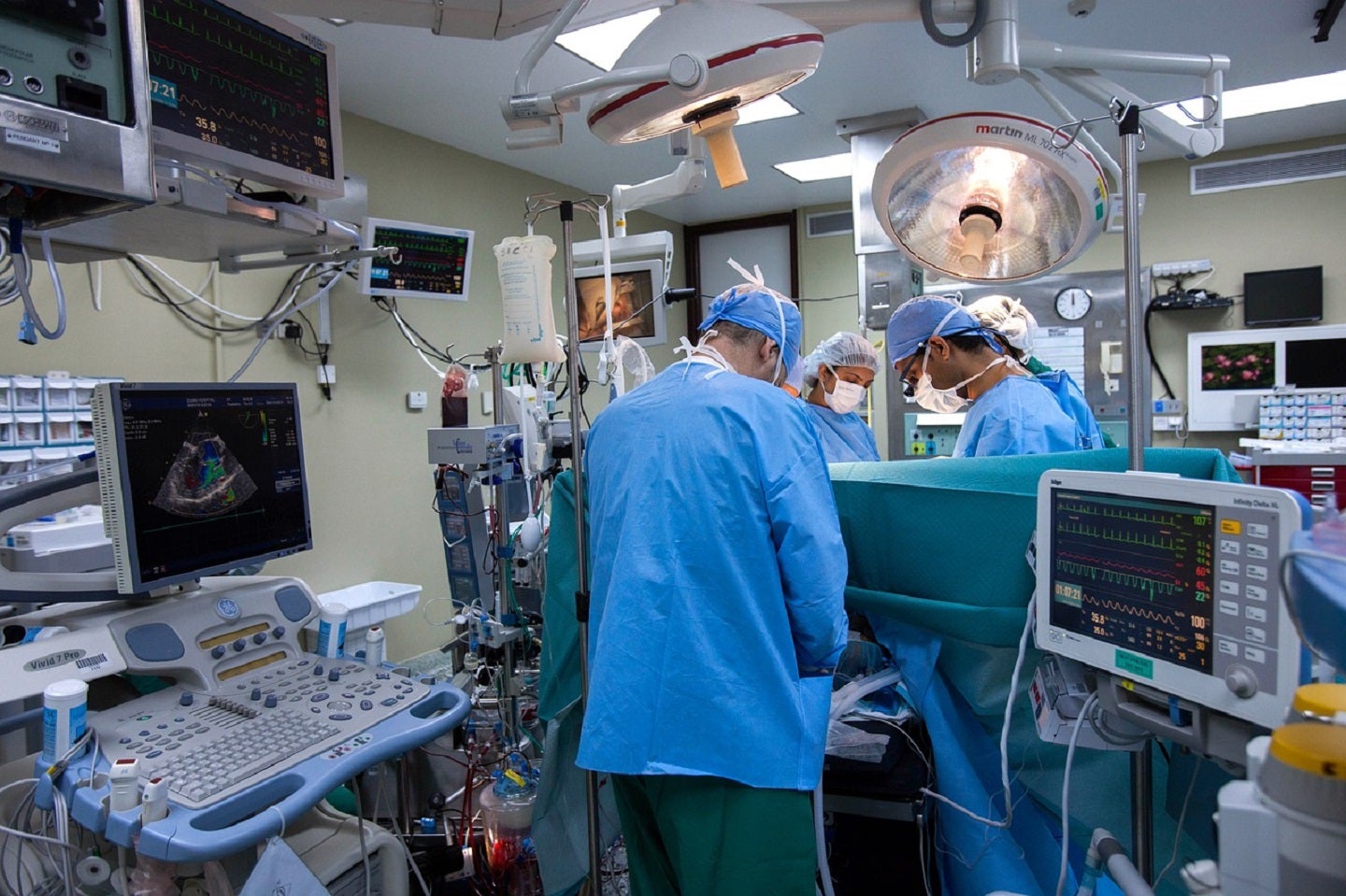
Rady Children’s Hospital-San Diego has introduced a new procedure to treat portal vein thrombosis in children.
The procedure has been developed by interventional cardiologist, Dr Henri Justino, at Rady Children’s Hospital.

Discover B2B Marketing That Performs
Combine business intelligence and editorial excellence to reach engaged professionals across 36 leading media platforms.
The new minimally invasive method uses a technique called portal vein recanalisation to eliminate the blockage.
The approach involves advancing a small wire and then a balloon-tipped catheter to the portal vein.
The procedure utilises MRI technology and X-ray imaging to guide catheter procedures to treat children’s hearts and lungs less invasively.
The procedure is performed at Rady Children’s Dickinson Image-Guided Intervention Center.

US Tariffs are shifting - will you react or anticipate?
Don’t let policy changes catch you off guard. Stay proactive with real-time data and expert analysis.
By GlobalDataA Texas institution is also using the new approach to treat pediatric portal vein thrombosis, the hospital said.
Dr Justino said: “Portal vein thrombosis is the number one cause of major gastrointestinal bleeding in children, and traditional treatment methods do not provide a cure.
“Portal vein recanalisation is yet another innovative way that we at Rady Children’s [Hospital] can provide children [with] a better quality of life. This minimally-invasive procedure allows for a very quick recovery, with less pain, and the child can go home the following day and can get back to school within two days.
“Importantly, unlike the typical treatments for portal vein thrombosis that only address the bleeding vessels in the oesophagus, this procedure is fundamentally different because it treats the underlying problem by re-opening the blocked portal vein – this makes it possible to completely cure a child of this problem. I’m thrilled to be able to bring this procedure to more patients,” Justino added.





